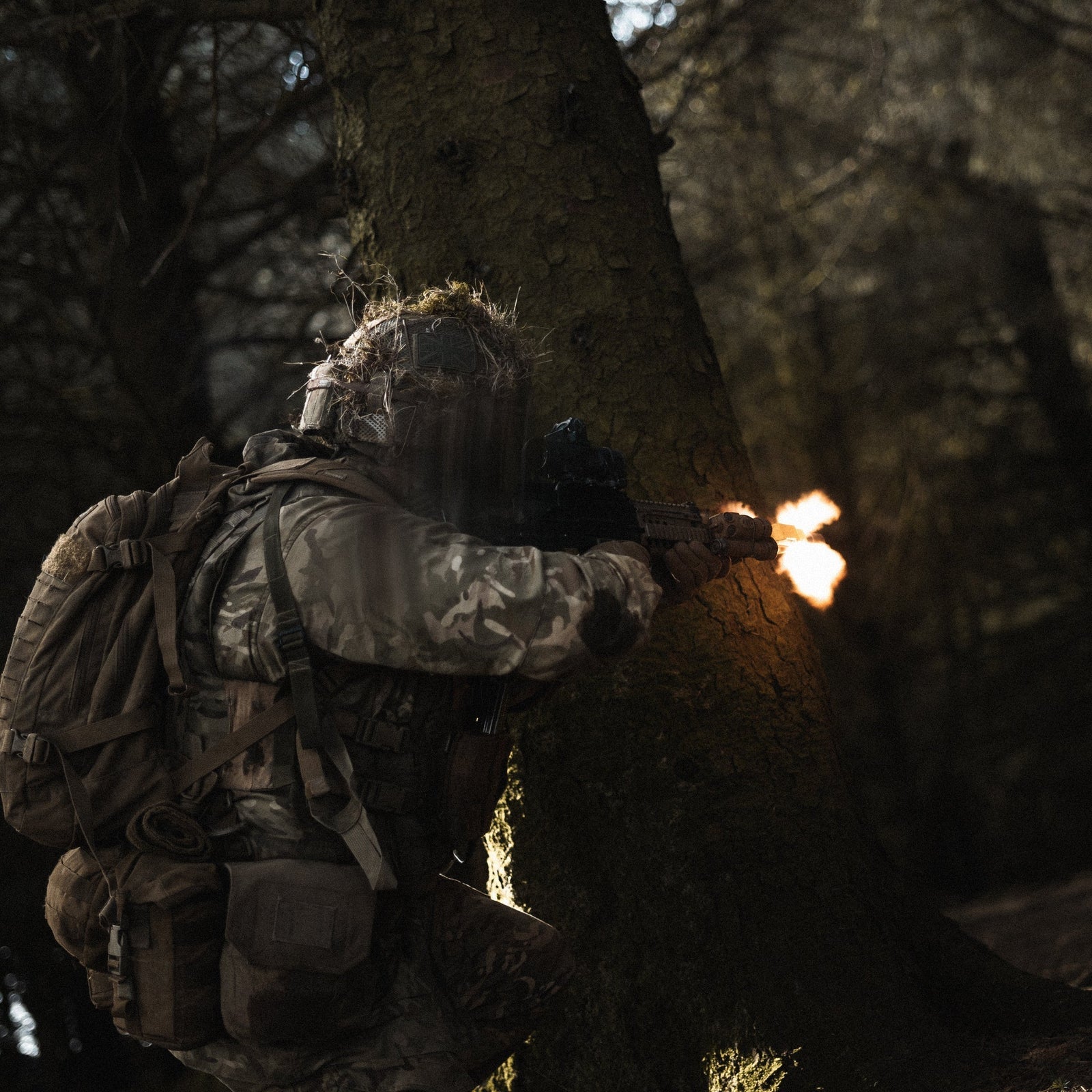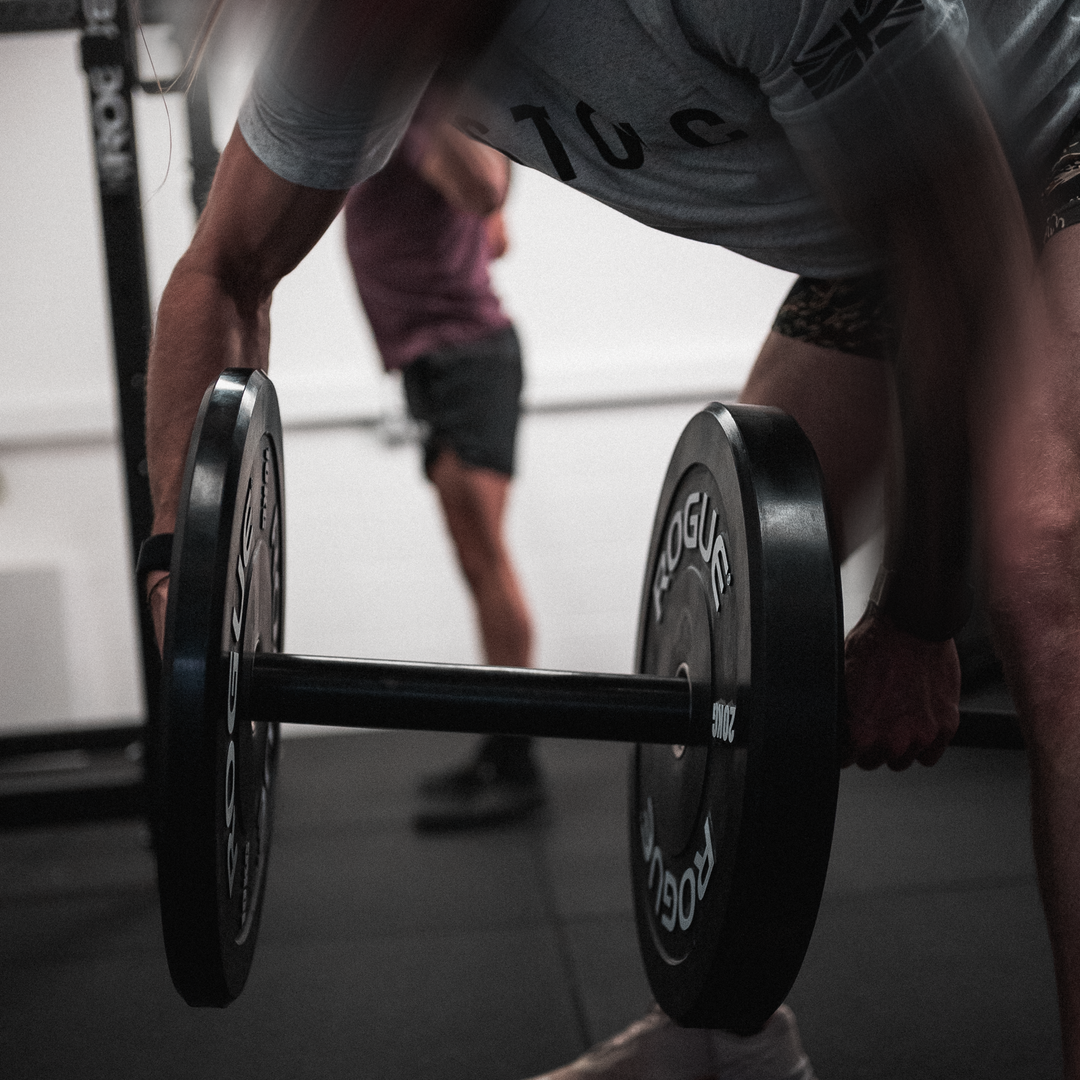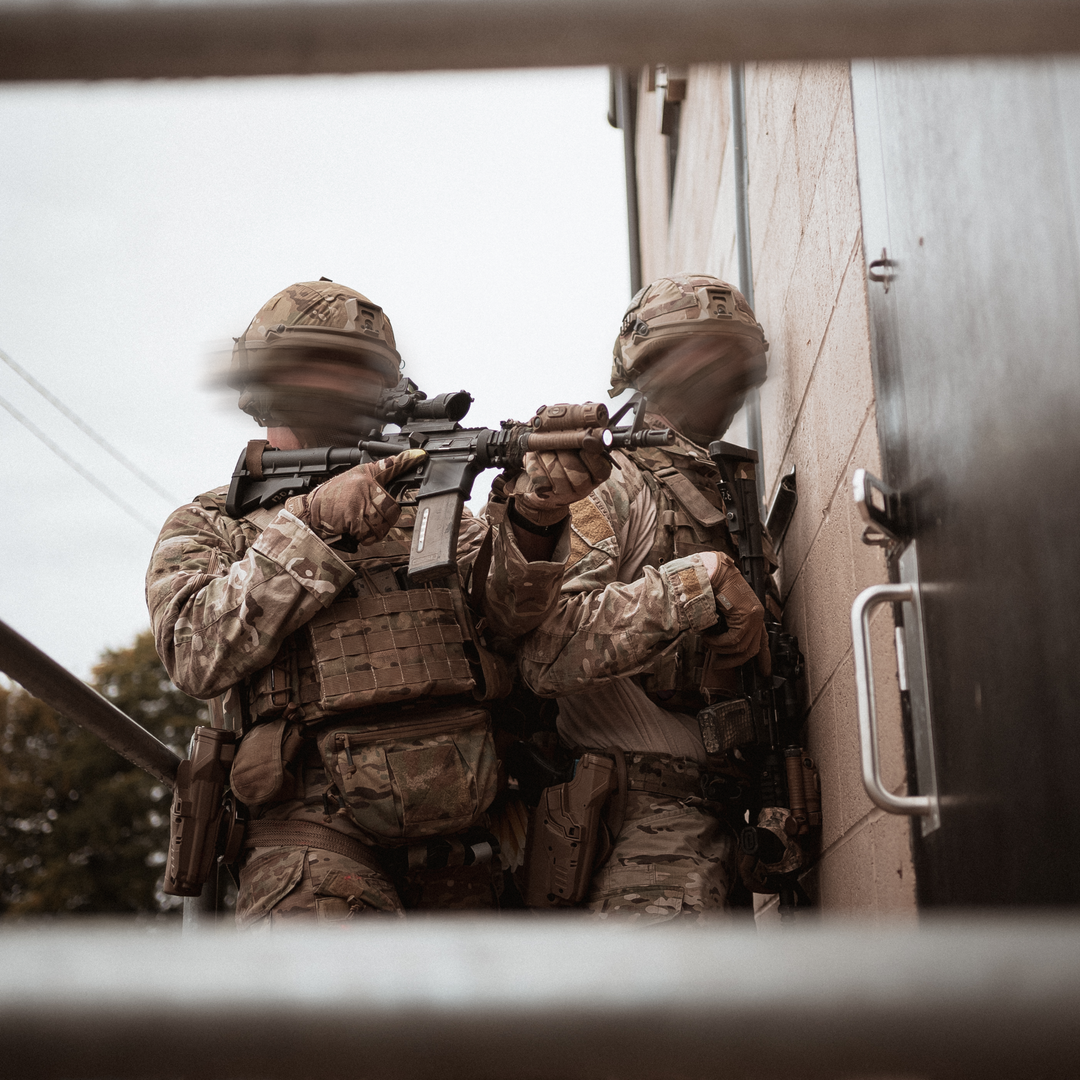A GUIDE TO TRAINING THE THREE ENERGY SYSTEMS FOR SOLDIERS AND OPERATORS

Introduction
Understanding and optimising your energy systems is pivotal for soldiers and operators who are looking to improve their performance and are undergoing physically demanding tasks.
Their performance, endurance, and resilience rely heavily on how well their bodies can produce and use energy.
This article aims to provide a guide to the three main energy systems, what they’re used for and how to train them.
Where Does Energy Come From?
The human body is a complex machine that requires daily energy intake to function, especially in high-performance settings like military training or operations.
Energy in the body is predominantly derived from the conversion of food into usable energy forms, primarily Adenosine Triphosphate (ATP). ATP serves as the main ‘currency’ of energy in biological systems, allowing for the transfer and utilisation of energy within cells.
Sources of Energy
The three macronutrients carbohydrates, fats, and proteins are the principal sources of energy. Once ingested, these macronutrients are metabolised into glucose, fatty acids, and amino acids respectively, which are then used to aid in production of ATP through various pathways.
- Carbohydrates: broken down and converted into glucose, they serve as a rapid source of energy. Glucose is especially important for high-intensity activities and is primarily utilised in the ATP-PC and Anaerobic Glycolytic Systems.
- Fats: Metabolised into fatty acids, they are the main source of energy during low-intensity, prolonged activities, like long marches or walk-ins, where the Aerobic System is dominant.
- Proteins: While not a primary source of energy, amino acids from protein can be converted into glucose when other sources are unavailable or not being ingested, although this is generally inefficient and not recommended for high-performance activities.
Our Three Energy Systems in Play
Depending on the intensity and duration of the activity, different energy systems are activated along a continuum to produce ATP:
- ATP-PC System: Utilises stored ATP and Creatine Phosphate for immediate energy during high-intensity, short-duration tasks.
- Anaerobic Glycolytic System: Uses glucose and glycogen reserves to produce ATP in the absence of oxygen, best for activities lasting between 30 seconds to 2 minutes.
- Aerobic System: Involves the use of oxygen to produce ATP from carbohydrates, fats, and occasionally proteins, and is suitable for low to moderate-intensity activities lasting longer than 2 minutes.
The Fundamentals of Our Energy Systems
ATP-PC System (Phosphagen System)
How It Works
The ATP-PC system is the body’s go-to energy system for short, high-intensity bursts of activity, such as a 100-metre sprint or lifting a heavy load. It utilises ATP and CP stored in the muscles for immediate energy – this is one of the reasons supplementing with creatine monohydrate will help to improve your power output and performance.
Training Approach
- Exercise Structure: High-intensity, short duration (less than 10 seconds)
- Work-to-Rest Ratio: 1:12 to 1:20
- Context for Military: Sprinting with gear, lifting a heavy artillery shell.
Anaerobic Glycolytic System (Lactic Acid System)
How It Works
This system kicks in during sustained, high-intensity activities lasting for up to 2 minutes. This system utilises glucose and glycogen but does so in the absence of oxygen, leading to lactic acid production.
Training Approach
- Exercise Structure: High-intensity, medium duration (30 seconds to roughly 2 minutes)
- Work-to-Rest Ratio: 1:3 to 1:5
- Context for Military: Climbing a steep hill, fast-roping from a helicopter.
Aerobic System
How It Works
The aerobic system is the long-term energy system, utilising carbohydrates, fats, and sometimes proteins in the presence of oxygen. This system is the primary source of energy for activities lasting longer than 2 minutes.
Training Approach
- Exercise Structure: Low to moderate intensity, long duration (anything more than 2 minutes)
- Work-to-Rest Ratio: Continuous activity with minimal rest
- Context for Military: Long slow marches, day to day movement.
| Energy System | Fuel Source | Duration | Power Output | Example |
| Phosphagen | ATP and CP | 10-15s | High | Breaching a door |
| Glycolytic | Glycogen | 15s-2min | High | Short sprints |
| Oxidative | Carbs, fats, and proteins | 2min+ | Low-to-moderate | Long slow trekking |
Energy System Interaction
While it’s useful to learn about the ATP-PC, Anaerobic Glycolytic, and Aerobic systems separately for the sake of understanding and training, it’s crucial to recognise that these systems do not operate in isolation.
Rather, they work simultaneously and synergistically to meet the energy demands of various physical activities at any given time.
The Continuum Concept
The idea of energy systems operating along a continuum means that no single system works alone at any given moment. As the intensity and duration of an activity change, the dominant energy system may shift, but the others continue to contribute to some extent.
- High-Intensity, Short Duration: Although the ATP-PC system predominates, the Anaerobic Glycolytic and Aerobic systems are also at work, providing supplementary energy.
- Moderate Intensity, Medium Duration: In activities lasting up to 2 minutes, the Anaerobic Glycolytic system may take the lead, but the ATP-PC system still provides an initial burst of energy, and the Aerobic system begins to contribute more as time progresses.
- Low Intensity, Long Duration: During prolonged activities, the Aerobic system is dominant, yet the ATP-PC and Anaerobic Glycolytic systems can kick in during brief moments of higher intensity, such as sprinting the last stretch of a long run.
Practical Applications for Military Personnel
Understanding this interplay between your energy systems is essential for effective training programmes:
- Variable Training: Incorporate exercises that engage all energy systems, to prepare for unpredictable situations.
- Task-Specific Training: When preparing for known tasks, focus on the dominant energy system but don’t neglect the others.
- Recovery Considerations: Recognise that energy systems supporting ‘background’ activity will influence recovery times for the dominant system in use.
Example Training Sessions
ATP-PC System:
- Exercise: 40m sprints
- Sets: 8
- Work-to-Rest Ratio: 1:15
- Additional: Pace is 100%. Stop workout if your time to complete the set drops more than 20% from your fastest time
Anaerobic Glycolytic System:
- Exercise: Sandbag carries and hill climbs
- Sets: 4
- Work-to-Rest Ratio: 1:4
- Additional: Each set should last approximately 1 minute with 4 minutes rest. Pace should be 80-95%.
Aerobic System:
- Exercise: 5K run with intermittent loaded carries keeping HR aronud 130-150bpm.
- Sets: 1
- Work-to-Rest Ratio: Continuous
- Additional: Integrate short sections of carrying a 20kg load at various intervals – slow pace accordingly
Conclusion
For optimal performance in their physically demanding roles, soldiers and operators must understand and train their energy systems effectively.
By targeting the ATP-PC, Anaerobic Glycolytic, and Aerobic systems using appropriate exercises and work-to-rest ratios, military personnel can be better equipped to handle the multifaceted challenges they encounter.
It’s important to note that these energy systems do not operate in isolation but along a continuum, adjusting their contributions based on the specific demands of the activity at hand.
Throughout our training we prioritise a holistic approach to training that ensures all three energy systems are optimally developed.
By applying these principles and training approaches, soldiers and operators can maximise their physical capabilities, thereby enhancing both their effectiveness and resilience in the field.
References
Baechle, T.R. and Earle, R.W., 2008. Essentials of Strength Training and Conditioning.
McArdle, W.D., Katch, F.I., and Katch, V.L., 2010. Exercise Physiology: Nutrition, Energy, and Human Performance.




